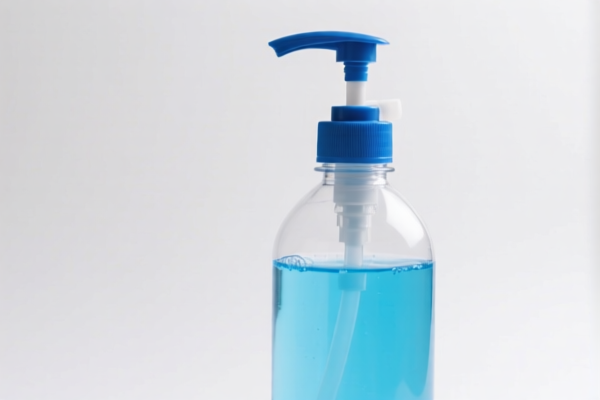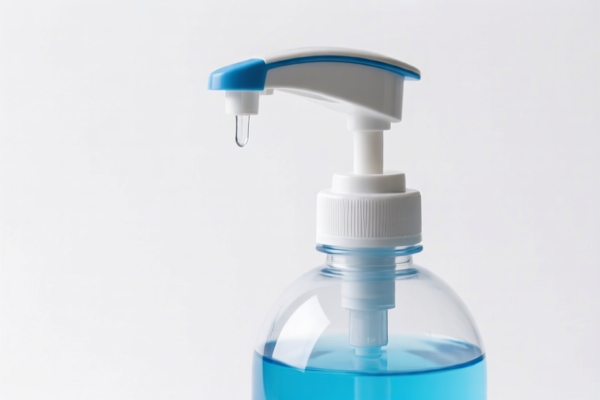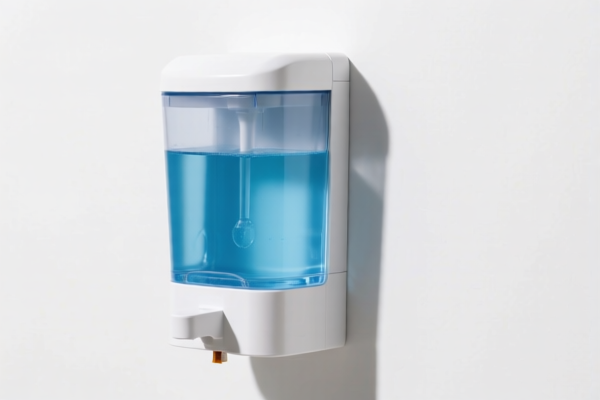| HS Code | Official Doc | Tariff Rate | Origin | Destination | Effective Date |
|---|---|---|---|---|---|
| 3923300090 | Doc | 58.0% | CN | US | 2025-05-12 |
| 7326908688 | Doc | 82.9% | CN | US | 2025-05-12 |
| 7310290055 | Doc | 80.0% | CN | US | 2025-05-12 |
| 7310290065 | Doc | 80.0% | CN | US | 2025-05-12 |
| 6909900000 | Doc | 59.0% | CN | US | 2025-05-12 |
| 6909195095 | Doc | 59.0% | CN | US | 2025-05-12 |




Dispensing Bottles
Dispensing bottles are containers used to accurately measure and deliver controlled amounts of liquids, typically for various applications across household, industrial, and scientific fields. They are characterized by a mechanism that allows for precise dispensing, differing from simple pour-from-a-bottle methods.
Materials
- Plastic: High-density polyethylene (HDPE), polypropylene (PP), and polyethylene terephthalate (PET) are common due to their chemical resistance, lightweight nature, and cost-effectiveness. These are frequently used for household products like lotions, shampoos, and cleaning solutions.
- Glass: Borosilicate glass is favored for its chemical inertness and suitability for laboratory applications, pharmaceuticals, and essential oils. Amber glass is used to protect light-sensitive substances.
- Stainless Steel: Used in industrial settings for dispensing corrosive or high-purity liquids.
- Other: Fluoropolymers (like PTFE) are used for highly aggressive chemicals.
Purpose & Function
The primary purpose of dispensing bottles is to provide controlled liquid delivery. This is achieved through various mechanisms:
- Pump Action: A common type where repeated pressing of a pump draws liquid from the bottle and dispenses it. Can be calibrated for specific volumes per pump.
- Trigger Action: Similar to pump action, often used for spray bottles.
- Squeeze Bottles: Flexible bottles that dispense liquid when squeezed. Volume control is generally less precise.
- Pour Spout: Bottles with a specially designed spout to control flow rate and minimize dripping.
- Dropper Bottles: Utilize a dropper for dispensing small, precise volumes.
- Peristaltic Pump Bottles: Use rollers to compress a tube, moving liquid through it. Common in laboratory and analytical applications for accurate, contamination-free dispensing.
Usage Scenarios
- Household: Lotions, soaps, shampoos, conditioners, cleaning products, disinfectants, condiments (e.g., oil, vinegar).
- Personal Care: Hand sanitizers, skincare serums, perfumes.
- Pharmaceutical: Medications (oral liquids, topical solutions).
- Cosmetics: Foundations, primers, concealers.
- Laboratory: Reagents, solvents, buffers, titrants.
- Industrial: Chemicals, lubricants, adhesives, coatings.
- Food Service: Oils, vinegars, sauces.
- Agriculture: Pesticides, herbicides, fertilizers.
Common Types
- Boston Round Bottles: Cylindrical shape, often with a narrow neck, commonly used for chemicals and pharmaceuticals.
- Oblong Bottles: Rectangular shape, offering better stability and labeling space.
- Spray Bottles: Utilize a trigger mechanism to atomize liquids into a fine mist.
- Pump Bottles: Dispense liquids with a pump mechanism, available in various pump styles (e.g., ribbed, smooth, foaming).
- Dropper Bottles: Feature a dropper for precise dispensing of small volumes.
- Wash Bottles: Squeeze bottles used for rinsing and dispensing water or solutions in laboratory settings.
- Foam Pump Bottles: Dispense liquids as foam, commonly used for hand soaps and sanitizers.
- Airless Pump Bottles: Protect contents from air exposure, preserving product efficacy, commonly used for skincare.
Dispensing bottles fall under articles for the conveyance or packing of goods, specifically those made of plastics.
Here are the relevant HS codes based on the provided reference material:
- 3923300090: This HS code covers articles for the conveyance or packing of goods, of plastics; stoppers, lids, caps and other closures, of plastics. Specifically, it includes carboys, bottles, flasks and similar articles.
- 39: Plastics and articles thereof.
- 23: Plastics and articles thereof.
- 30: Plastics and articles thereof.
- 00: Plastics and articles thereof.
- 90: Plastics and articles thereof.
Regarding HS code 3923300090, the applicable tax rate is a base tariff of 3.0%, an additional tariff of 25.0%, and an additional tariff of 30% after April 2, 2025, resulting in a total tariff of 58.0%.
Customer Reviews
No reviews yet.